Landing dream web design clients takes more than luck — it takes strategy. You need a clear game plan and a deep understanding of who you’re trying to reach. This post will give you the tools and know-how to market your services, attract high-quality leads, and build a thriving freelance web design business. Whether you’re just starting or ready to level up, these tips will help you get the web design clients you’ve been looking for — and land them.
Ready to grow your client list? Let’s dive in.
-
1
What Type Of Client Should You Look For?
- 1.1 Vetting Potential Clients
- 1.2 1. Build A Professional Website
- 1.3 2. Promote Your Services On Social Media
- 1.4 3. Create A Blog
- 1.5 4. Sign Up For Freelance Platforms
- 1.6 5. Conduct Cold Outreach
- 1.7 6. Network With Like-Minded Professionals
- 1.8 7. Improve Your Skills
- 1.9 8. Leverage Paid Advertising
- 1.10 9. Create A Referral Program
- 1.11 10. Provide Pro-Bono Web Design Services
- 2 Level Up Your Web Design Business With Divi
What Type Of Client Should You Look For?
Finding the right client is about building your portfolio and protecting your peace. Before you start the hunt, step back and define your ideal client.
Subscribe To Our Youtube Channel
Start by creating a client persona. Ask yourself: which industries do you want to work with? Do you have expertise in a specific niche? Focusing on a niche isn’t just smart; it’s magnetic. It helps you stand out and attract clients who value your experience and insight.
Next, think about budgets. What’s your baseline? Setting a minimum hourly rate or flat project fee ensures you’re not working yourself into the red. Web design should be worth your time — and your talent.
Then there’s communication. What’s your style? Do you thrive on constant collaboration or prefer clients who trust you to work independently? Figuring out your ideal level of client involvement can make or break a project.
At the end of the day, the right clients aren’t just good for business — they’re good for you. Choose wisely.
Vetting Potential Clients
The first meeting is your chance to dig deep, uncover your potential client’s needs, and see if the fit feels right. This is where you get the full picture — their goals, budget, expectations, and how well they align with your process.
Don’t be afraid to ask direct questions to get the clarity you need:
- What’s the primary goal of your website?
- What’s your budget?
- How do you typically communicate with vendors?
- What are your expectations for updates and feedback?
- What’s your ideal timeline for launch?
Every question helps you assess compatibility. The better you understand their vision, the easier it will be to decide if you’re the right designer to bring it to life.
Look Out For Red Flags
Watch out for red flags during the vetting process — especially unrealistic budgets. Be wary of clients who expect high-quality work for rock-bottom prices. These clients often have high demands and unrealistic expectations that can lead to headaches.
Similarly, avoid clients with unclear goals or vague requirements. It’s hard to hit a target when the target itself is moving.
Lastly, if a potential client is hard to reach or unresponsive during the initial meeting, it shows potential challenges ahead. You want to avoid those future frustrations if possible.
Introduce A Contract Early
When searching for new clients, a well-defined contract is a must. Contracts protect you and your client, laying out everything clearly — from the scope of work to payment terms, intellectual property rights, dispute resolution, and confidentiality clauses.
By vetting potential clients thoroughly and setting up a contract early on, you minimize the risk of ending up with problematic clients and set the stage for a smooth, successful working relationship.
1. Build A Professional Website
One of the most effective ways to attract new clients is to build a professional website that showcases your work. A great website doesn’t just introduce you; it pitches, persuades, and converts. It’s your first impression, portfolio, and sales rep rolled into one.
To build an effective website, you need the right platform. Enter WordPress. It’s not just easy to use but limitless in potential. With countless themes, plugins, and SEO superpowers, WordPress lets you create whatever you dream up. Paired with a premium theme, WordPress isn’t just a website builder — it provides a stellar framework to build your website.
Not all WordPress themes are created equal. Some are clunky, some are limited, and some can’t create the masterpiece you want. You need a theme with the design chops to make you look like a pro, minus the effort. That’s where Divi shines. Yeah, we’re biased, but for good reason. Divi makes building stunning, professional websites practically effortless.
Divi isn’t just a theme — it’s a framework. Its Visual Builder lets you design web pages like a pro without touching a single line of code. Drag, drop, and customize over 200 design modules right onto your page. There is no guesswork, no limitations — just your vision brought to life.
Want to show off your best work? Divi’s got you covered. Its built-in Projects post type lets you create stunning portfolios that do your work justice. Add image galleries, interactive elements, and more — because your talent deserves more than a boring slideshow.
Create Dynamic Templates With Ease
A website shouldn’t just look good — it should feel like you. That’s where Divi’s Theme Builder comes in.
Divi isn’t just about designing pages but crafting an experience. With the Theme Builder, you can create dynamic templates for every corner of your site. Headers, footers, blog posts, search results — you name it, you can design it. And you’ll do it all with Divi’s Visual Builder. No custom coding is needed, no confusion, just total creative freedom.
This is full-site editing done right. Want a portfolio that stands out from the crowd? Divi makes it one-of-a-kind, just like the work you’re showing off.
Divi gives you the tools to design for every screen size, ensuring your site looks just as stunning on a phone as on a desktop. There is no guesswork, no surprises — just pixel-perfect layouts everywhere.
But it doesn’t stop there. Divi’s global style presets let you streamline your entire workflow. Set styles for headings, buttons, images, or any design element once, and watch them update site-wide where that preset is applied. With Divi, your site’s design will be consistent across the board.
Showcase your work, add client testimonials, or anything else you’re proud of. With Divi, it’s not just easy — it’s a breeze.
Divi Offers Multiple Ways To Build A Website
Building a website doesn’t have to take days – or even hours. With Divi, you can create a website in a matter of minutes.
Need a head start? Divi Quick Sites lets you pick from a collection of stunning starter sites. Want the future at your fingertips? Divi AI can generate a complete website — content, layouts, Theme Builder templates, global styles, navigation menu, and the works — all from a simple text prompt.
Tell Divi AI what you need, add your branding, and watch the magic happen. From idea to execution, Divi makes it almost too easy.
Don’t want to start from scratch? No problem. Divi gives you access to over 2600 professionally designed layouts, ready to go with a single click. Whether you’re building a business site, a portfolio, or an e-commerce store, there’s a layout for that.
Created by the Elegant Themes team, these layouts include everything you need to launch a complete website. With stunning designs, smart structure, and endless possibilities, Divi does the heavy lifting so you can focus on making it yours.
Divi is available for just $89 per year or $249 for a lifetime license.
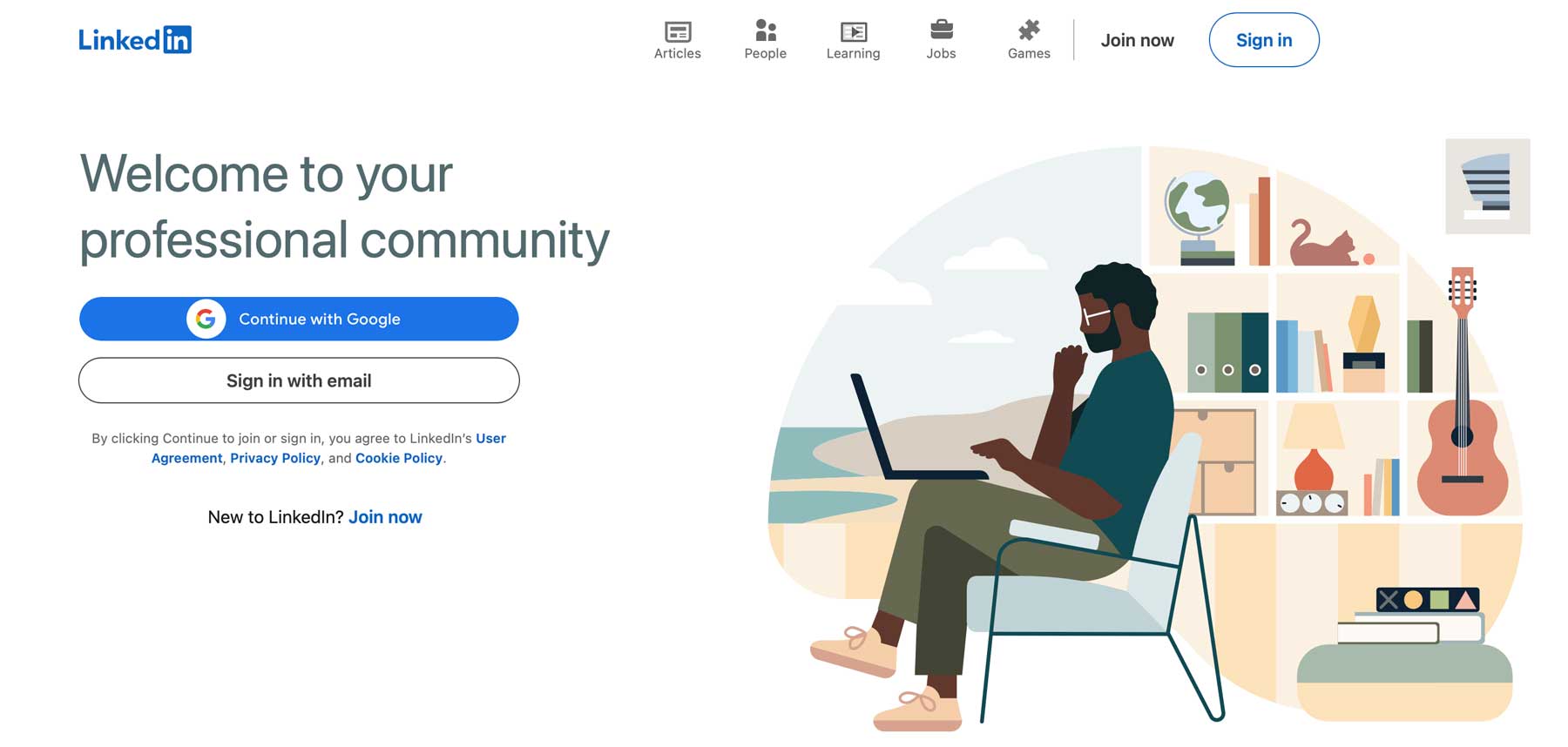
Social media is a powerful tool for reaching a wide audience when you’re trying to secure web design clients. Every social media platform offers unique opportunities to connect with potential clients in different ways.
Here’s a breakdown of how you can leverage different platforms:
LinkedIn: Your Professional Hub
LinkedIn is the perfect place to establish your professional presence and connect with peers and potential clients in your industry. Take the time to optimize your profile to showcase your skills, experience, and services. Use relevant keywords to ensure your profile is discoverable.
Share articles, insights, and updates about web design to keep your network informed and engaged. Engage in discussions and participate in relevant groups.
LinkedIn is also a powerful networking tool. You can connect with potential clients, industry leaders, and recruiters. Get involved in web design groups, engage with other designers and developers, and make sure your name gets noticed.
Facebook: Engaging & Informative Updates
Facebook is great for building community and sharing updates with a wide audience. It offers several effective promotional tools. You can share informative content like articles, blog posts, tips, and behind-the-scenes looks at your work to give your audience a personal connection to your services.
You can also run targeted ads on Facebook, reaching specific demographics and interests through its powerful advertising platform.
Engagement is key — responding promptly to comments and messages helps create a sense of community and shows responsiveness. Don’t forget to use Facebook to announce promotions and special offers, keeping your audience in the loop about any discounts or deals you have going on.
Pinterest & Instagram: Visual Storytelling
In web design, Pinterest and Instagram are ideal platforms for showcasing your work. Create reels and Instagram stories to give a behind-the-scenes look at your design process, share quick tips, or feature client testimonials.
On Pinterest, you can create boards that highlight your work. Organize them into categories — e-commerce websites, portfolio sites, design styles, or specific projects — to keep everything neatly categorized and easily discoverable.
YouTube: Build A Content Funnel
YouTube is a web designer’s best friend. It’s the ideal platform to build a content funnel and attract new clients at every stage of their buying journey.
Create various content: educational, testimonial, promotional — whatever works best for you. Share tutorials, how-to guides, and explainer videos highlighting your web design tips. This positions you as an expert in the field and attracts viewers who are actively searching for information.
Reach out to past clients and ask if they’d be willing to share their positive experiences with a video testimonial. It’s a great way to build trust and credibility.
Finally, create short, compelling videos that showcase your services and prompt viewers to take the next step.
3. Create A Blog
Starting a blog is a smart strategy for attracting new web design clients. It’s a platform to showcase your expertise, build credibility, and bring organic traffic to your site. If you’re a WordPress user (and honestly, you should be), you can create a blog using Divi to highlight your skills, discuss web design trends, or share tutorials and how-to guides that will draw organic traffic.
When starting a blog, here are a few key things to keep in mind:
Web Design Trends
Positioning yourself as a thought leader in web design starts with sharing valuable insights into the ever-changing landscape. Begin by focusing on the latest web design trends. Analyze and discuss key trends in web design, like minimalist aesthetics, dark mode, micro-interactions, and mobile-first design. Explain how these trends can benefit businesses and enhance user experience.
Additionally, share tips and best practices across various aspects of web design — UI/UX design, website accessibility, SEO optimization, and beyond. Case studies are another effective way to attract traffic. Showcase successful projects to demonstrate challenges, solutions, and outcomes.
Write Tutorials & How-To’s
Create tutorials on mastering popular design tools like Figma, Adobe XD, Sketch, and WordPress. Write reviews that compare these tools, highlighting their strengths and weaknesses. Share your take on plugins that can boost other designers’ workflow and help them create better websites.
Focus On Your Niche
If you specialize in a specific niche — like e-commerce websites, non-profits, or restaurants — tailor your blog content to that audience. This will attract clients specifically seeking your expertise.
For instance:
- If you specialize in e-commerce, write about best practices, conversion rate optimization, and platform comparisons (Woo vs Shopify, for example).
- If you focus on non-profits, discuss effective storytelling, donation integration, and website accessibility for users with disabilities.
4. Sign Up For Freelance Platforms
Freelance platforms like Upwork and Fiverr can be a treasure trove for seeking new web design clients. But instead of chasing high-paying gigs right away, start with a strategic approach to build momentum.
Take on smaller, lower-paying jobs initially to boost your ratings. Top-tier clients often avoid freelancers without feedback, so these starter projects can help you establish credibility and attract more opportunities.
Focus on projects that showcase your versatility. By working on various tasks — like mock-ups, branding, or troubleshooting website issues — you’ll create a portfolio that highlights your adaptability and skillset. Just make sure the work aligns with your expertise as a web designer.
And don’t underestimate the power of social proof. Aim to collect glowing reviews and testimonials from happy clients. These will make it much easier to win over new prospects.
5. Conduct Cold Outreach
Cold calling (and emailing) can be a highly effective way to get web design clients. It’s not about randomly dialing numbers or blasting generic emails; it’s about targeted outreach to businesses that align with your ideal client profiles.
Identify Your Ideal Client
Start by defining your ideal client. Before reaching out, get clear on who you want to work with. Pinpoint the industry or niche you’d like to target. Is it e-commerce, healthcare, local businesses, or something else? Specializing in a niche lets you tailor your messaging and showcase your expertise.
Next, decide on the size of the businesses you want to work with. Are you drawn to startups, small businesses, or larger companies? This choice will shape your pricing strategy and the scale of the projects you pursue.
Finally, think about your ideal client’s goals. Are they focused on increasing online sales, generating leads, or building brand awareness? Knowing their objectives allows you to position your services as the perfect solution.
Create Personalized Messages
Generic, cookie-cutter emails won’t cut it. To stand out, your outreach needs to feel personal and tailored. Start by doing your homework — visit the client’s website, learn about their business, and pinpoint specific areas where your skills can make an impact.
Customize your pitch to address their unique needs when you write the email. Show how your web design expertise can solve their challenges. For instance, if they run an e-commerce store with a clunky checkout process, highlight your track record in creating seamless, user-friendly online shopping experiences.
Above all, ditch the hard sell. Instead of coming off as overly sales-driven, focus on adding value and showing genuine interest in their business. Aim to start a conversation, not push a deal.
Follow Up
Most deals don’t happen after just one email. You’ll need to follow up to seal the deal and do it strategically. Don’t rely on a single message to work magic. A few days later, follow up with a phone call, a LinkedIn message, or a fresh email.
But don’t just copy and paste the same pitch. Instead, offer something extra — a relevant article, a case study, or even a quick tip tailored to their business. It’s about staying on their radar while showing you’re genuinely invested in helping them.
To keep it all organized, consider using a customer relationship management (CRM) or AI email assistant. These tools can help you track outreach efforts, follow-up dates, and responses so nothing falls through the cracks.
6. Network With Like-Minded Professionals
To get web design clients, the power of networking shouldn’t be underestimated. Building genuine connections with like-minded professionals can open doors to new opportunities you wouldn’t otherwise have access to. You can effectively network and attract new clients in several ways.
Attend Industry Events
Industry events like WordPress WordCamps, web design conferences, and local tech meetups are networking gold mines. These gatherings bring together designers, developers, marketers, and — most importantly — potential clients who already get the value of what you do. Beyond networking, they’re a great way to stay on top of trends, discover new tools, and sharpen your skills.
But don’t just show up, grab a few business cards, and call it a day. Dive into real conversations, ask thoughtful questions, and show genuine interest in the work of others — it’s not just polite; it’s memorable.
The real magic happens afterward, though. Follow up with your new connections. A quick message or email keeps the momentum going and transforms a brief encounter into a meaningful opportunity.
Reach Out To Old Or Existing Clients
Your past (and current) clients are a gold mine for new business. They’ve seen your work ethic, know the quality you deliver, and already trust you. That’s powerful.
Stay on their radar even after a project wraps up. Drop them a quick email now and then — share updates on your latest work, offer a friendly check-in, or just ask how things are going. A simple “How’s everything coming along?” can rekindle the connection and open the door to new opportunities.
Sometimes, the best leads come from the people who already know what you bring to the table.
Partner With Other Freelancers
Teaming up with other freelancers — like copywriters, SEO pros, or marketing consultants — can supercharge your reach. It’s a win-win: you tap into their client base, they tap into yours, and everyone benefits.
The key? Find freelancers whose skills complement yours and who work with the same types of clients you’re targeting. Cross-promote each other’s services, refer clients back and forth, or even collaborate on projects. Together, you’ll open doors to opportunities that might not come your way solo.
7. Improve Your Skills
In the fast-paced world of tech and web design, standing still means falling behind. Clients are looking for creative designers who possess up-to-date expertise. By improving your skills, you’ll deliver better results and become a more attractive option for new business.
Stay Current With The Latest Tech
Keeping up with the latest frameworks, libraries, and design trends isn’t just important — it’s essential. Stay sharp by following industry blogs (yes, like ours), subscribing to newsletters, and joining online communities. It’s the easiest way to stay in the loop on emerging design innovations and keep your skills ahead of the curve.
Invest In Training
Online learning platforms like Skillshare are treasure troves for sharpening your skills and staying ahead. Whether diving into JavaScript, mastering advanced CSS, or exploring cutting-edge UI/UX design, these platforms make leveling up accessible and engaging. Completing courses doesn’t just expand your skill set — it shows clients you’re serious about professional growth.
Get Certified
Programming certifications are just as important as a solid online portfolio. They validate your knowledge and show clients that you’re not just familiar with the technology but have a deep understanding of it. Certifications prove you’ve invested time in gaining in-depth knowledge of web development, whether front-end with React, back-end with PHP, or any other specialized area. For new clients looking for a particular skill set, certifications give them confidence that you have the expertise they need.
8. Leverage Paid Advertising
Paid advertising through Google and social media platforms like Facebook can be a game-changer for attracting new web design clients. With targeted ads on Google, you can zero in on specific keywords potential clients search for when they need a web designer. And on platforms like Facebook, Instagram, and LinkedIn, you can target audiences based on demographics to increase visibility.
Integrating paid advertising into your marketing strategy helps get your website at the top of search engine results pages (SERPs), so you can be instantly visible when potential clients are looking. Design eye-catching ads that grab attention and spark interest in your services. A well-crafted ad can drive traffic to your site, where visitors can explore your portfolio, learn more about you, and get in touch. Consider setting up dedicated landing pages for your ad campaigns to boost conversion rates and deliver a targeted message.
Key Strategies For Success
- Know Your Audience: Ensure you know the clients you want to attract.
- Make Ads Compelling: Create ads that are attention-grabbing and communicate your value.
- Keywords and Targeting: Use relevant keywords in your Google Ads campaigns and precise targeting options on social media.
- Have a Clear CTA: Tell people what you want them to do, whether getting a free quote, visiting your portfolio, or signing up for your newsletter.
- Adjust and Monitor Your Ads: Track campaign performance and adjust as necessary.
9. Create A Referral Program
Finding web design clients can feel like a never-ending grind. Marketing and networking are important, but there’s an often-overlooked strategy that can make a difference: referrals. Implementing a referral program can supercharge your client acquisition efforts, bringing in high-quality leads.
Referrals carry extra weight. When someone recommends your services, they’re not just mentioning your name but endorsing your skills as a web designer as well. This trust factor can be a game-changer, tipping the scales in your favor and making potential clients more inclined to choose you over a cold lead. Referral clients also tend to be a better fit for your business, as they are often pre-qualified by the referrer, ensuring a smoother, more successful collaboration.
Browse online referral programs to gain inspiration and to help you get the ball rolling.
How To Build A Referral Program That Works
Creating a referral program that consistently lands new web design clients isn’t just a good idea — it’s a smart strategy. Here’s how to set it up:
1. Target Your Audience
Focus on two key groups for your referral program: existing clients and fellow freelancers. Existing clients are your most effective advocates — they’ve experienced your work firsthand and can vouch for the value you bring. Building relationships with other professionals creates a powerful referral network, tapping into a pool of potential clients looking for web design services.
2. Offer Good Rewards
Incentives are crucial to the success of your referral program. Consider offering discounts on future services, cash bonuses, gift cards, exclusive perks, or affiliate programs. These tried-and-true methods can attract new clients and motivate referrers.
3. Make It Easy
Encourage participation by streamlining the process. Provide referral links or codes, share social media posts about the program and why people should join, and create a dedicated referral page on your website where all the information is easily accessible.
4. Promote Yourself
Don’t assume everyone knows about your referral program. Actively promote it — send emails to clients, mention it when projects are completed, share it on social media, and regularly post updates about the program’s benefits. Adding it to your email signature can be a constant reminder to everyone you interact with.
10. Provide Pro-Bono Web Design Services
Offering pro bono services can be one of the most effective strategies for landing web design clients. While it may seem counterintuitive to work for free, the benefits far outweigh the costs. Every pro bono project — whether for a friend, family member, or a non-profit — provides an invaluable opportunity to learn and grow. You’ll refine your design process, improve client communication skills, and build confidence.
Pro bono work can also open new doors to connections and opportunities. By giving your services to friends, family, or non-profit organizations, you contribute to a good cause while reaching a wider audience. Non-profits often have extensive networks of donors, volunteers, and community partners who may require web design services. You can gain valuable experience and potentially receive referrals through these connections, extending your reach even further.
How To Find Pro Bono Clients
- Reach Out To Local Non-Profit Organizations: Identify non-profits in your community that align with your values and approach them with an offer of your services.
- Use Online Platforms: Tap into websites and platforms that match volunteers with non-profits needing assistance.
- Network With Friends & Family: Tell your network that you’re offering pro bono web design services.
Level Up Your Web Design Business With Divi
| Tool | Starting Price | Purpose | ||
|---|---|---|---|---|
| 1 | Divi | $89/year | Multi-purpose WP theme, AI website generator, Theme Builder, and 200+ design modules for building websites. | Visit |
| 2 | Divi Quick Sites | Included with Divi | Create websites in minutes with a starter site or generate one with AI. | Visit |
| 3 | Divi AI | $16.08/month | Create full websites, generate text, images, and code for Divi websites. | Visit |
| 4 | Figma | Free $15/month (per seat) | Cloud-based prototyping tool with collaboration tools for creating interactive prototypes. | Visit |
| 5 | Upwork | Free | Freelance platform for finding clients in web design. | Visit |
| 6 | Skillshare | $13.99/month | Plaform for learning new skills and improving existing ones. | Visit |
Landing dream web design clients isn’t a matter of chance — it’s about taking control, adapting to the ever-changing market, and delivering real value. You need to be proactive and strategic to build a successful client base that aligns with your professional ambitions. With the right tools — WordPress, Divi, social media platforms, and more — you’re poised to elevate your freelance web design career to the next level. It’s time to take charge, make your mark, and build a thriving business.

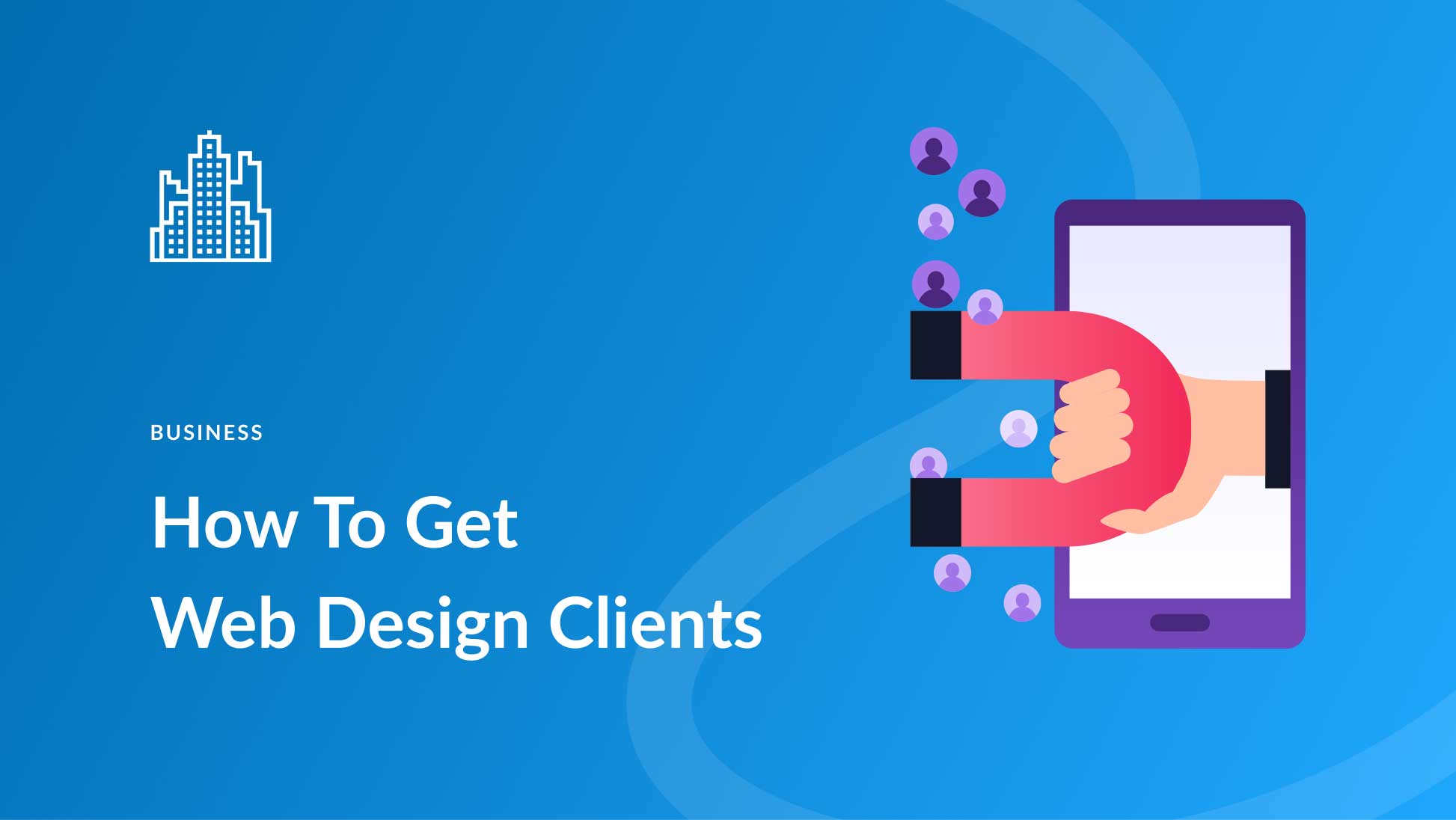
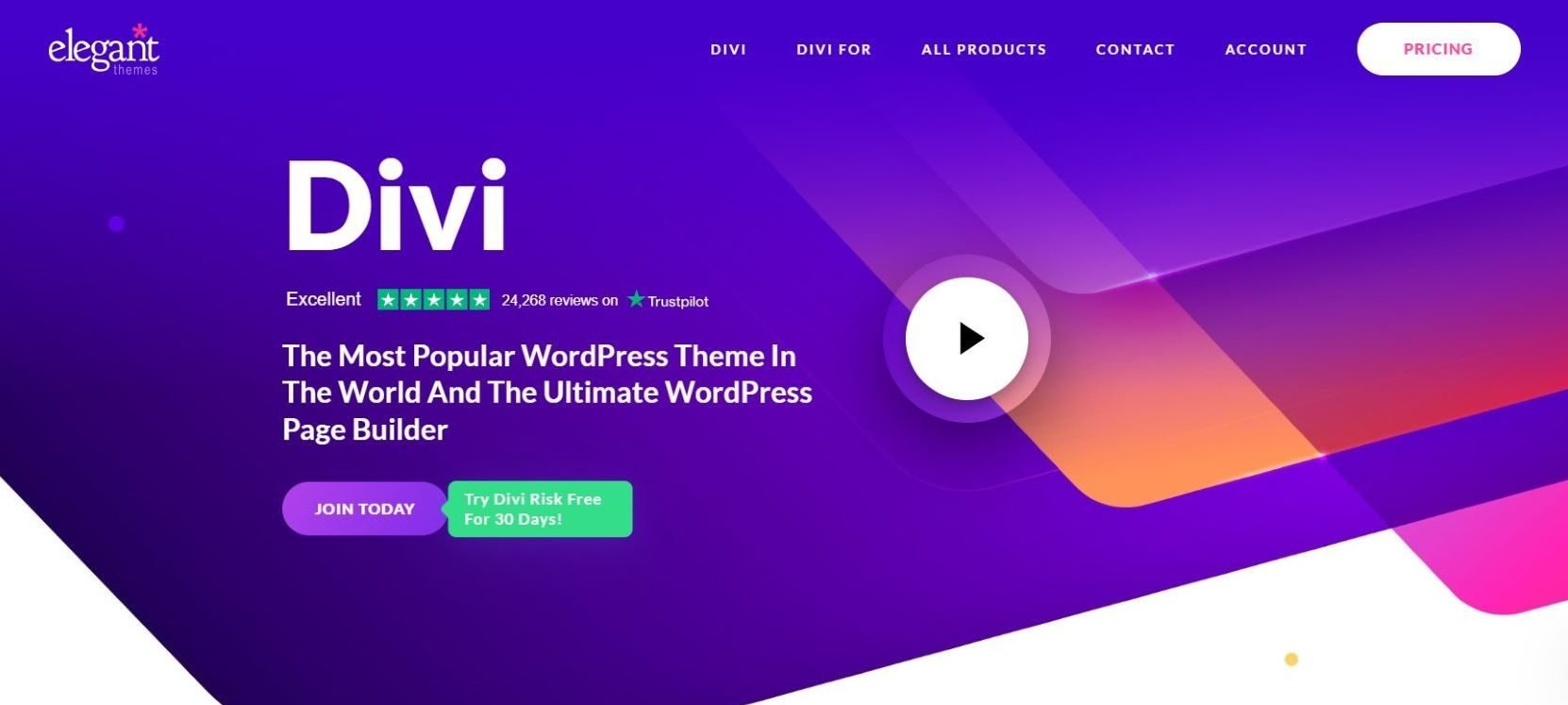
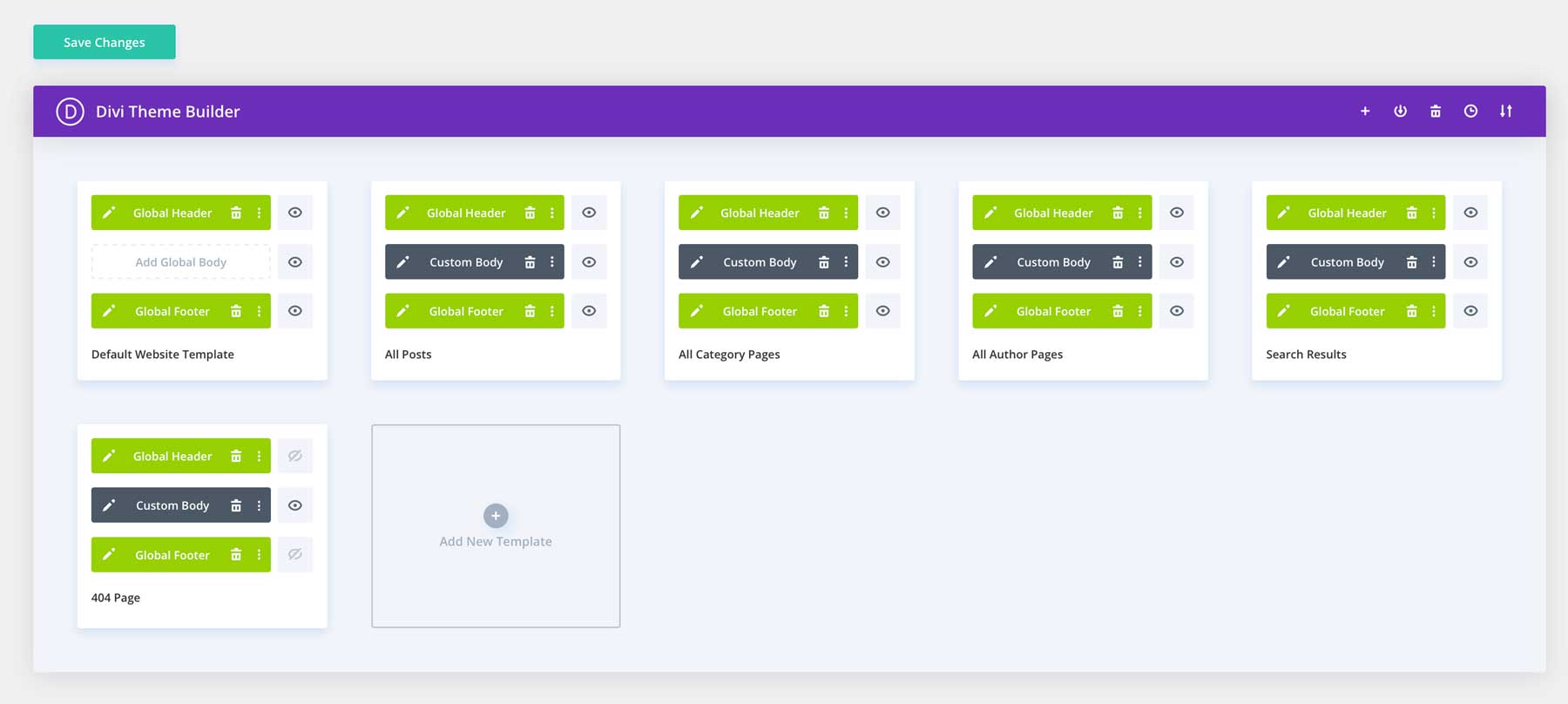
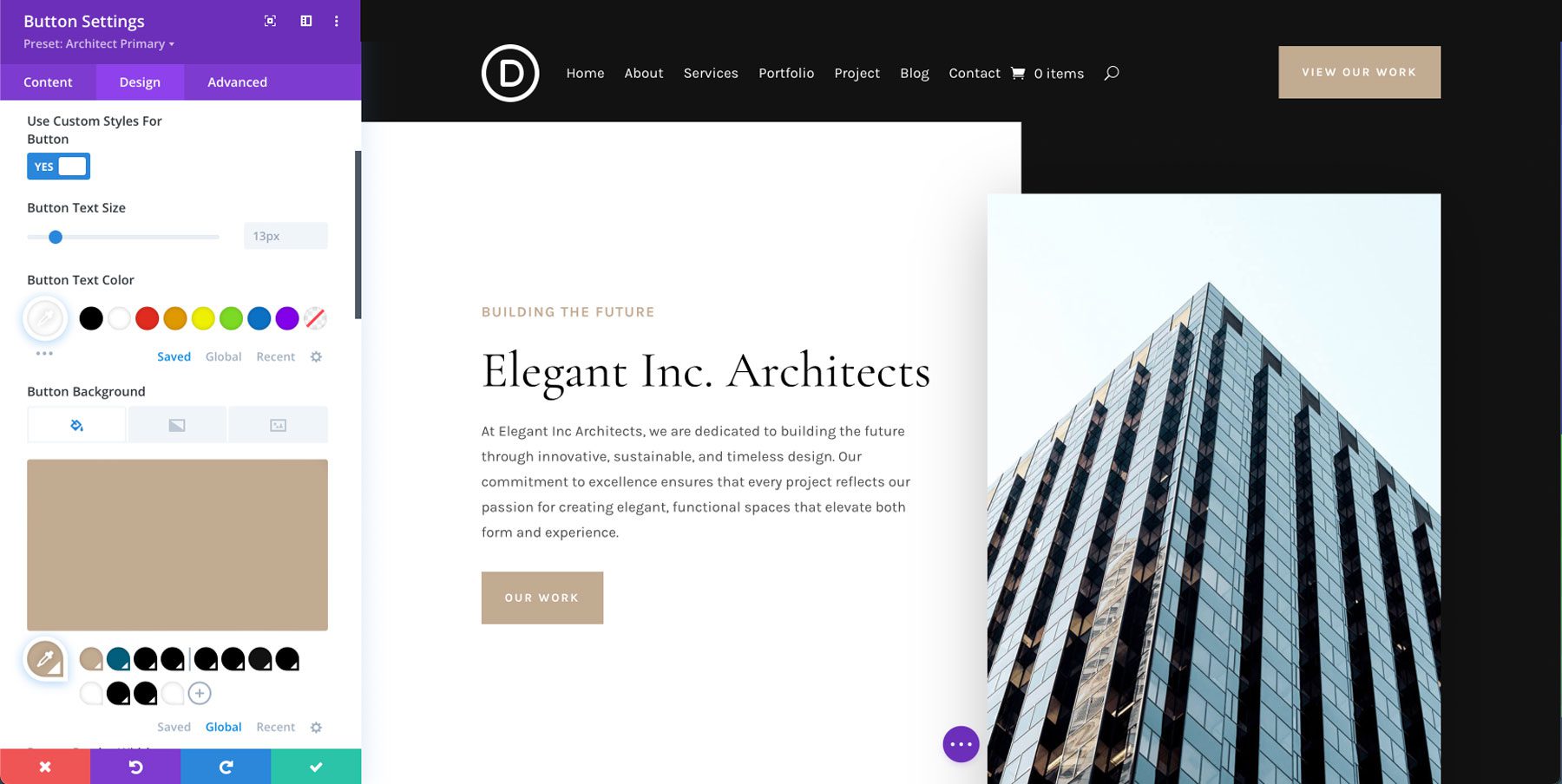
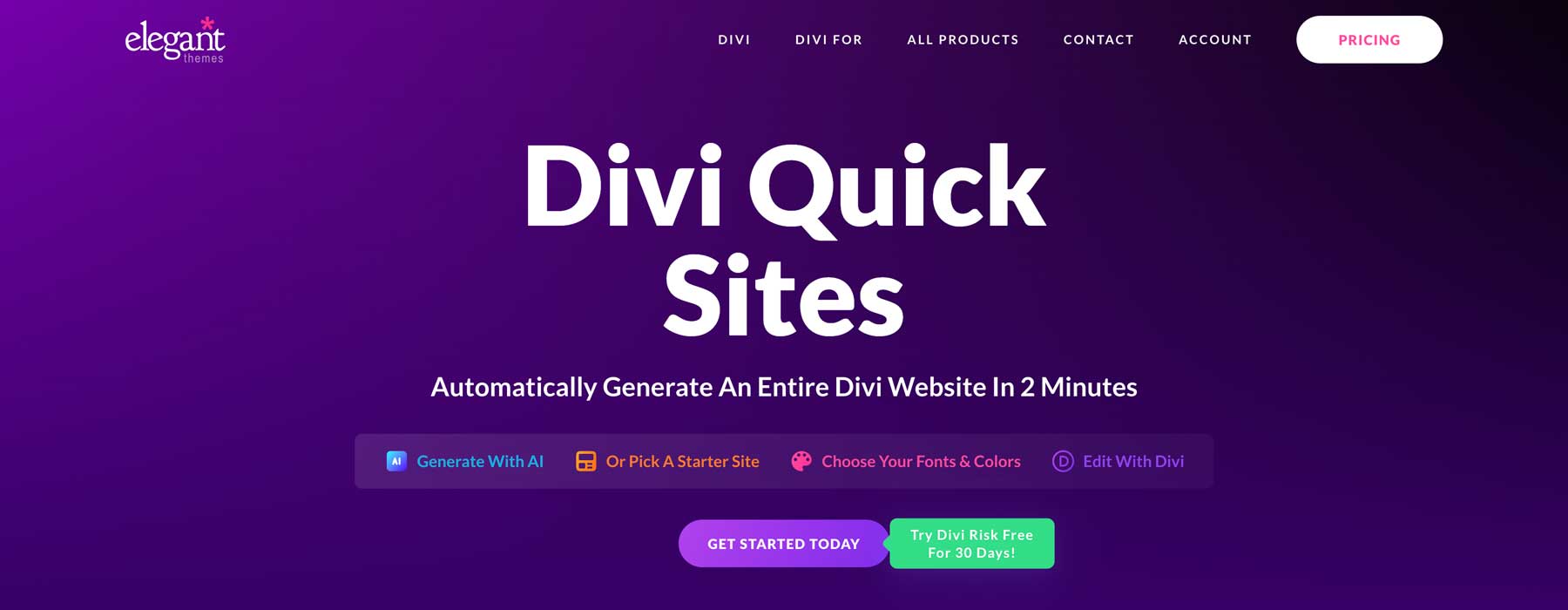
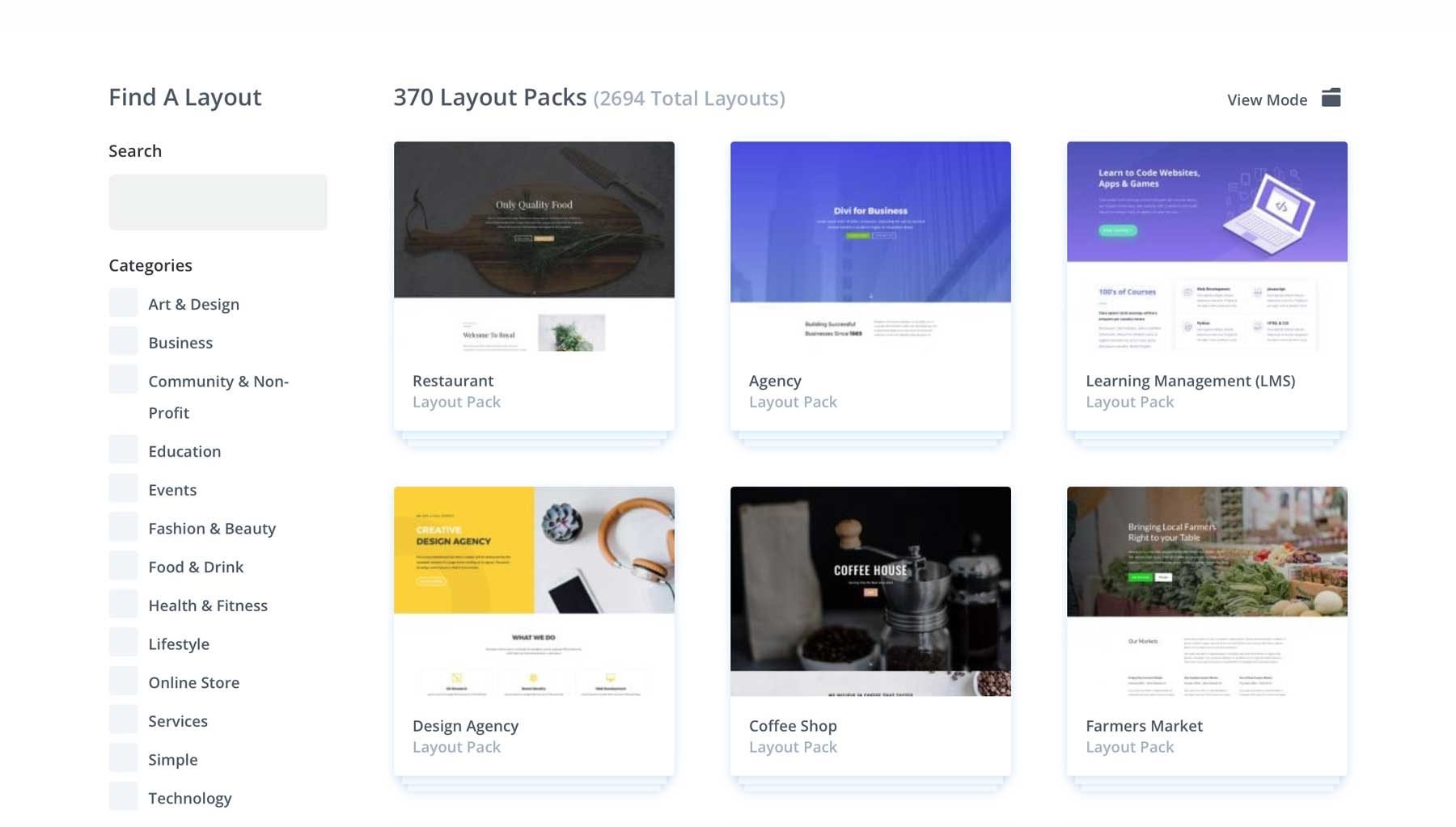
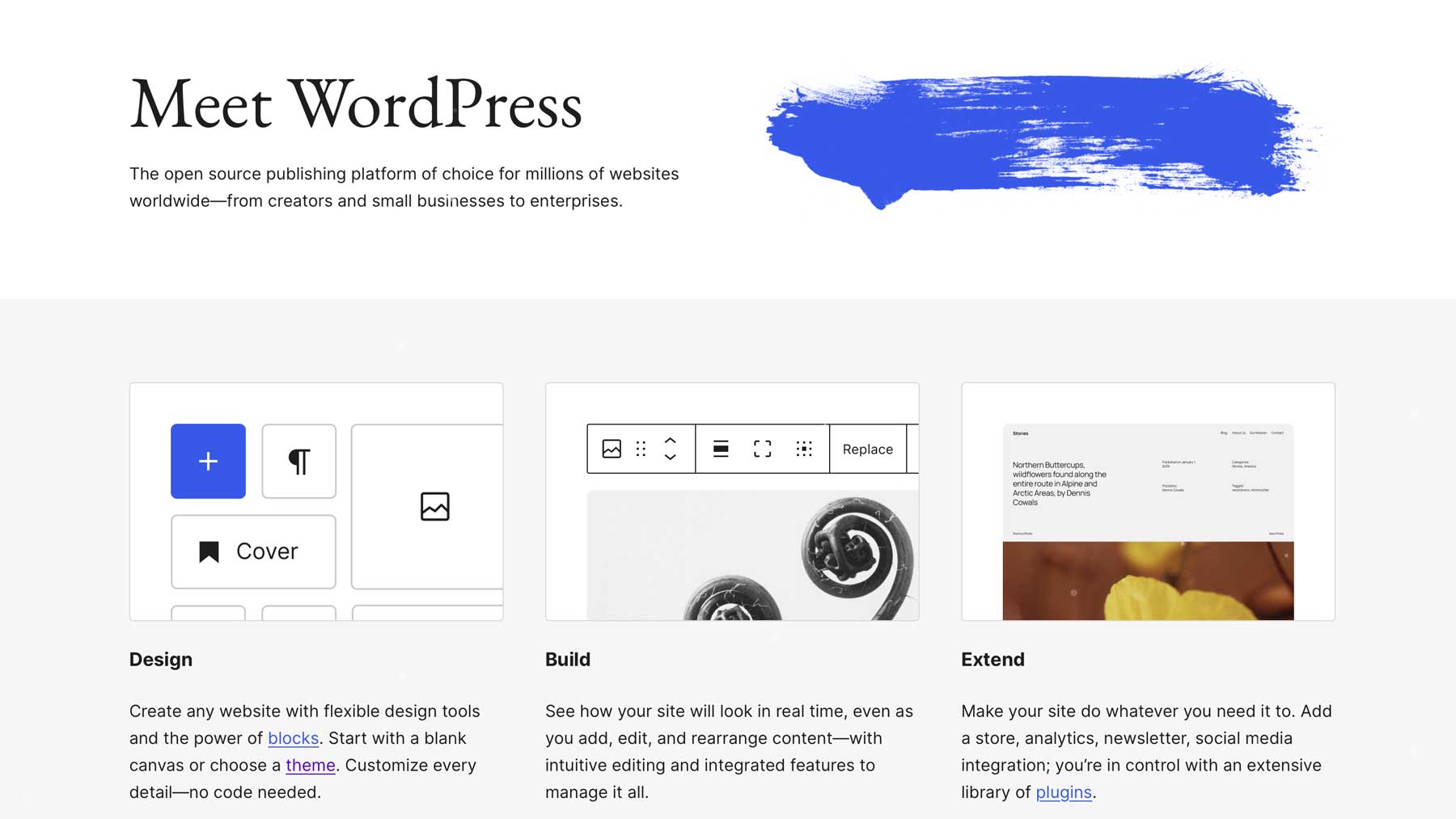
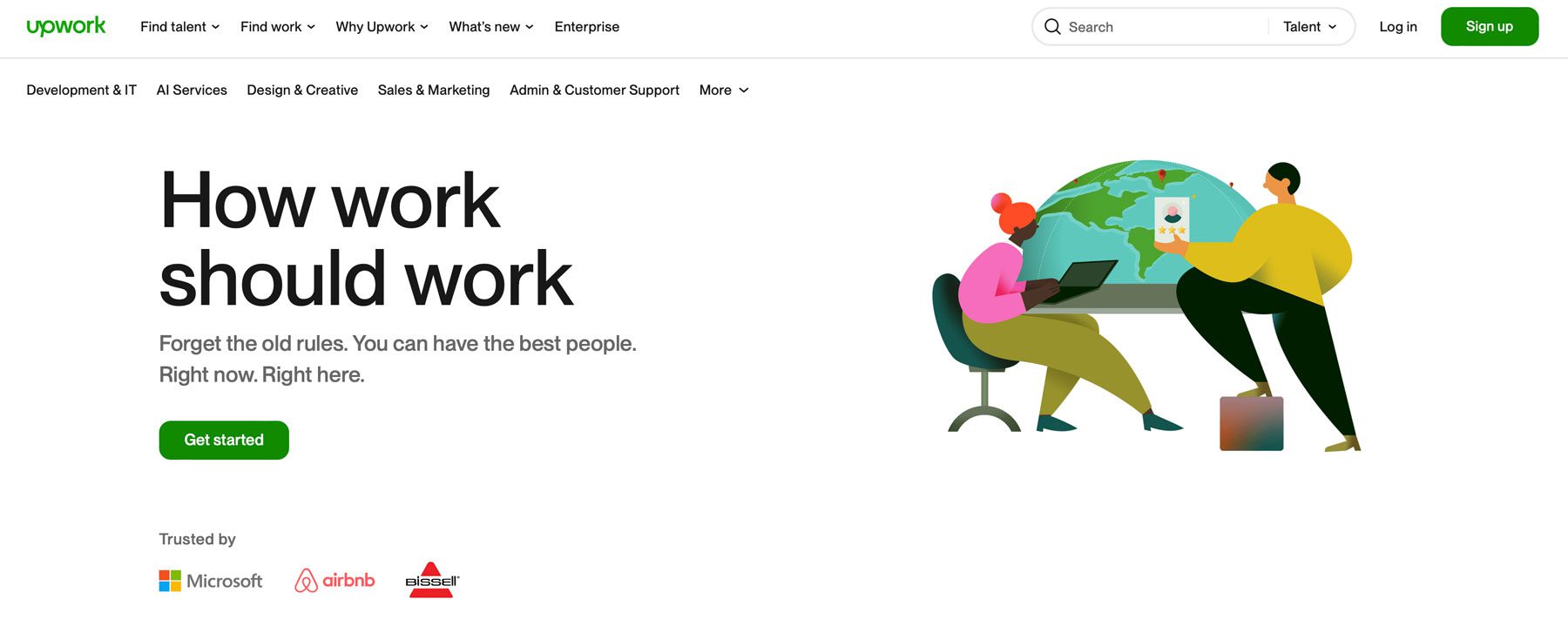
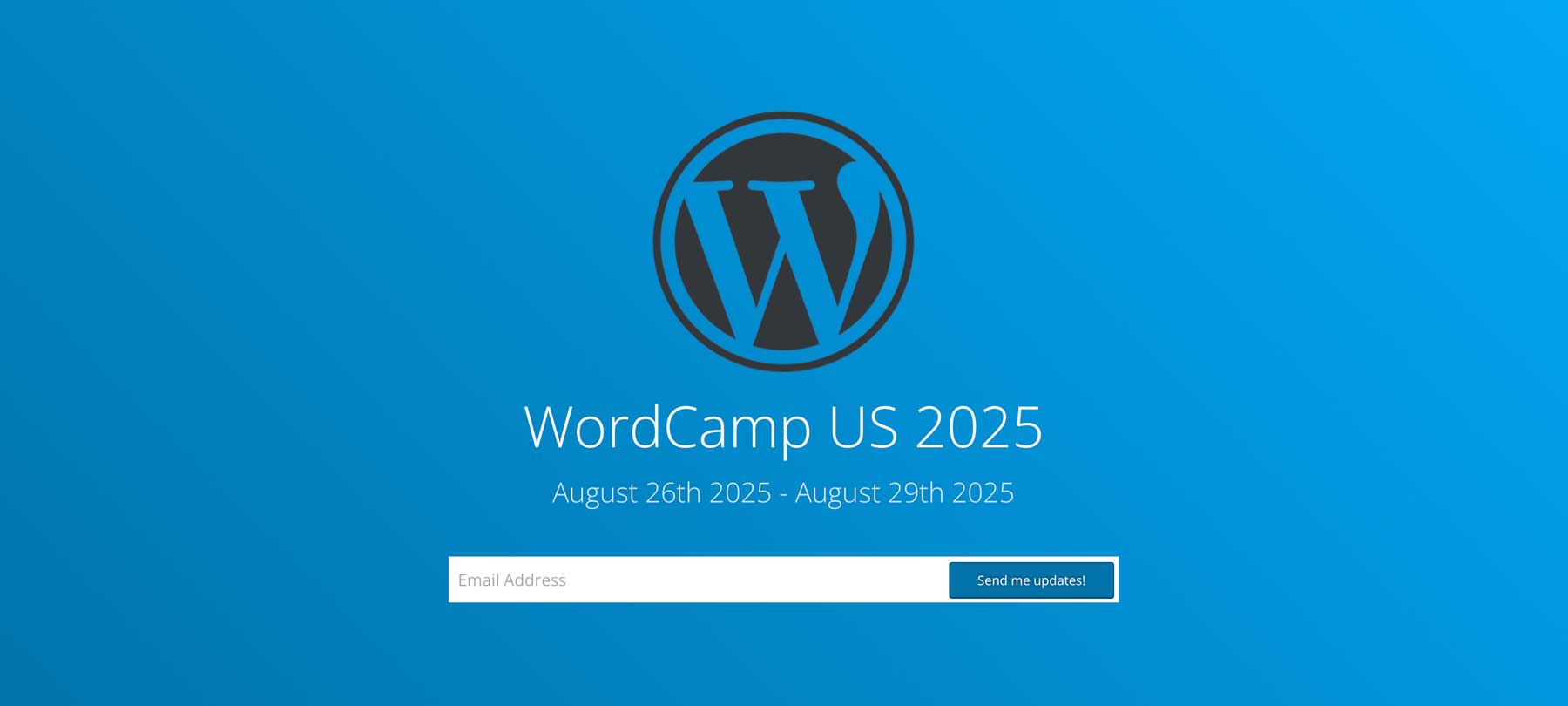
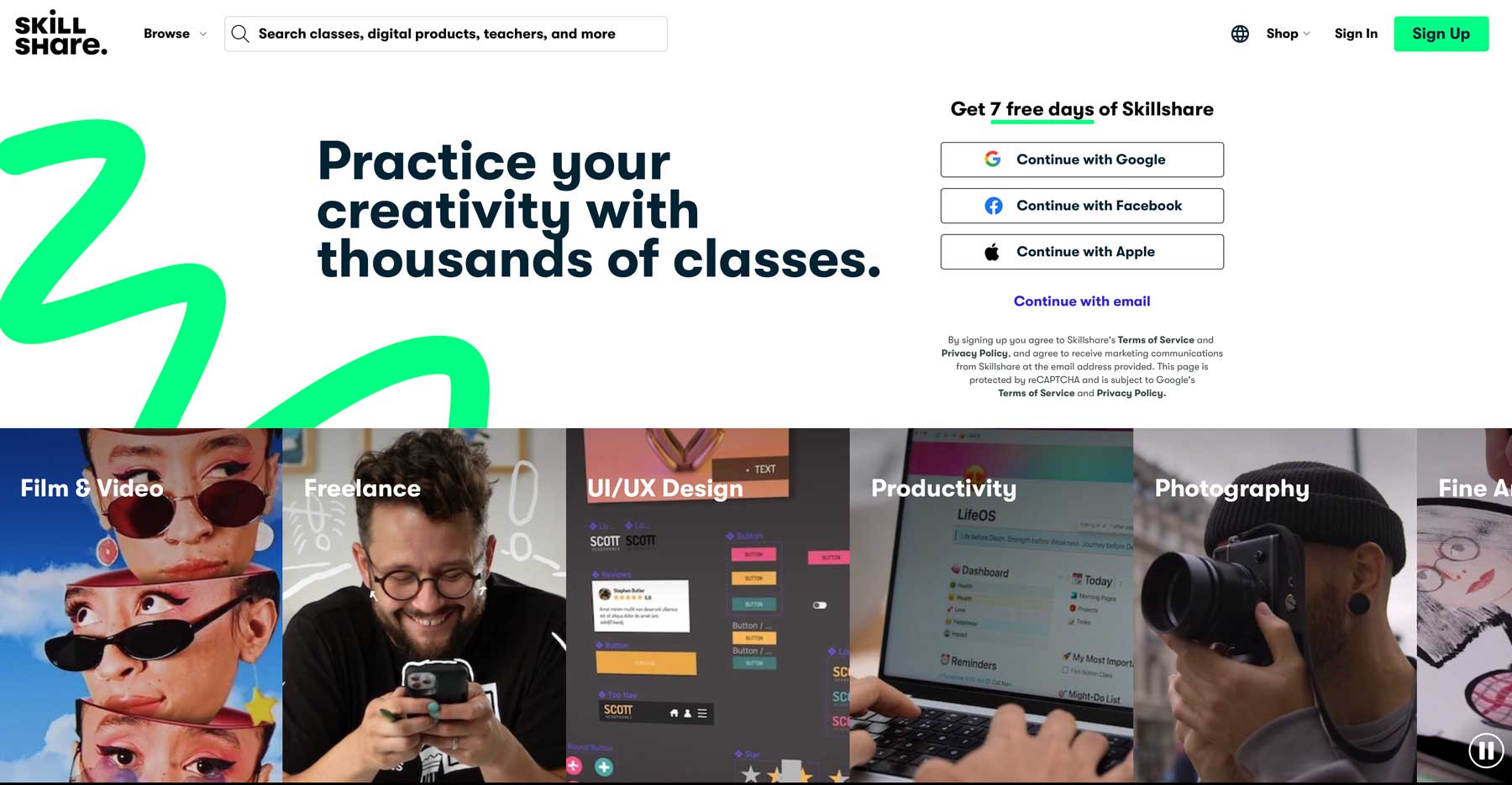





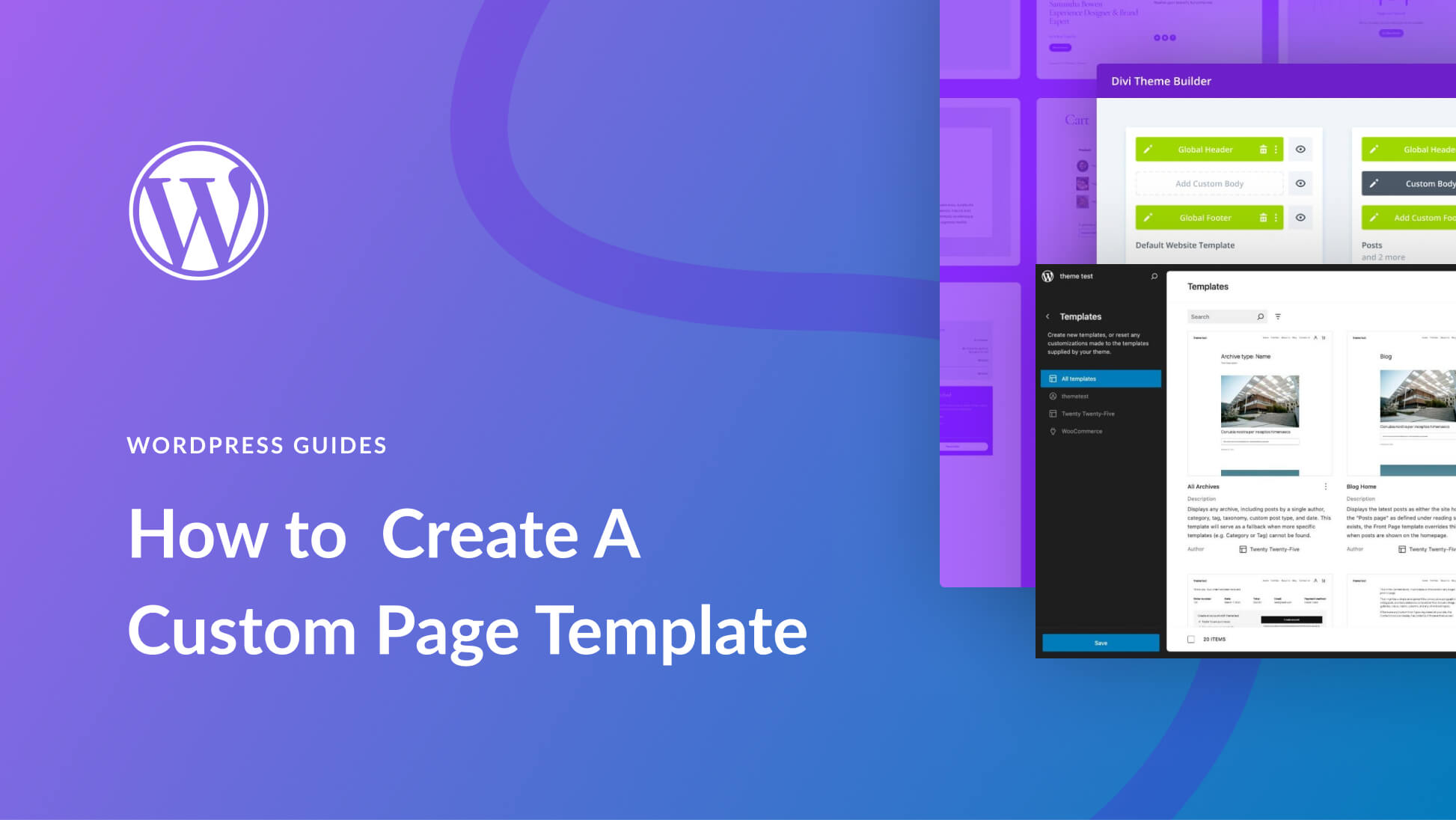
Thanks for that – any ideas on how to get a good person to do all that?
If you’re looking for someone to do the majority of these things, I highly suggest hiring a freelancer from Upwork. There are plenty of high-quality freelancers more than capable of building a website and marketing it for you!